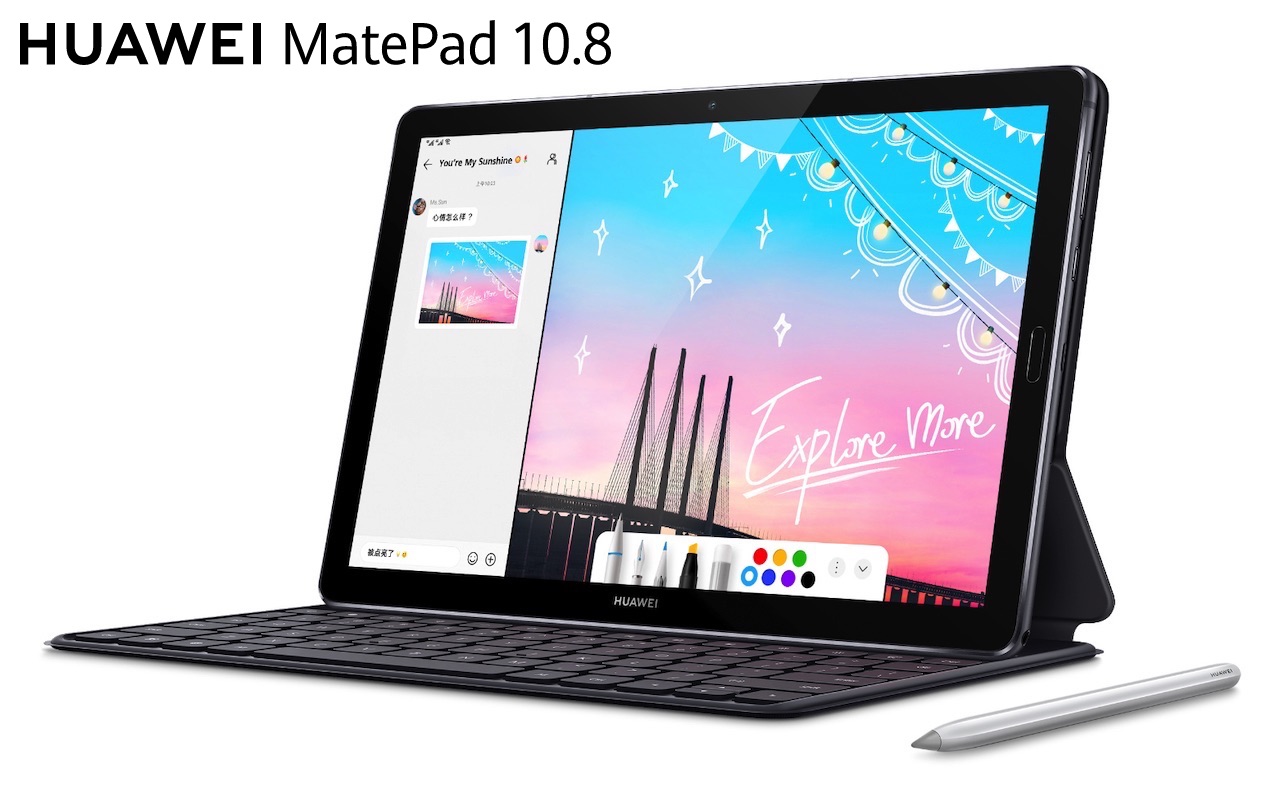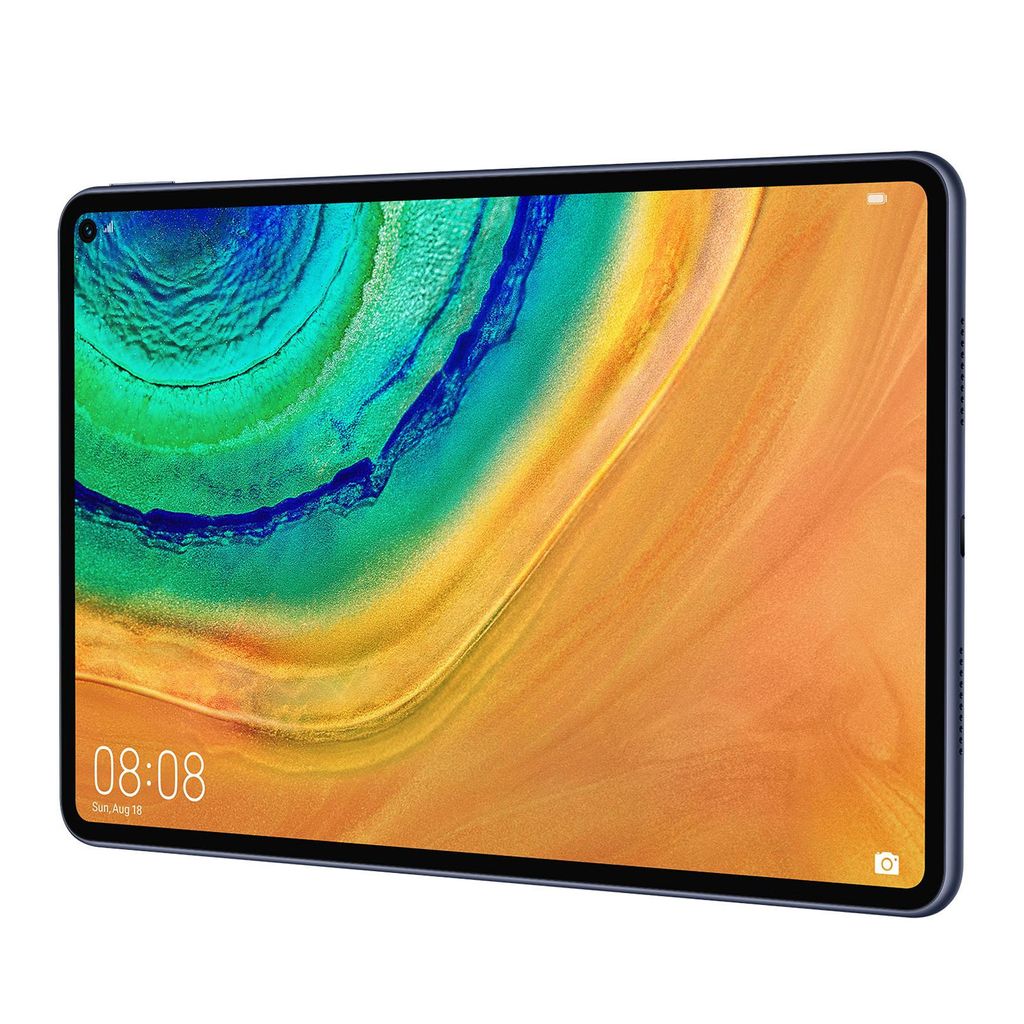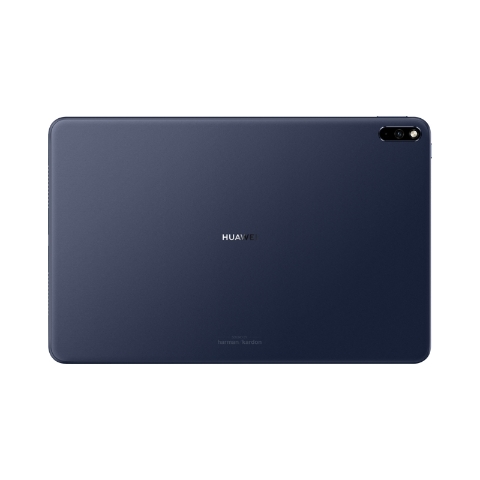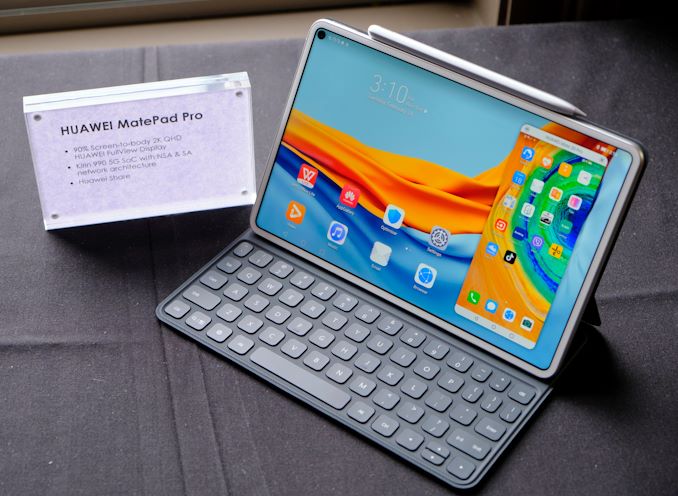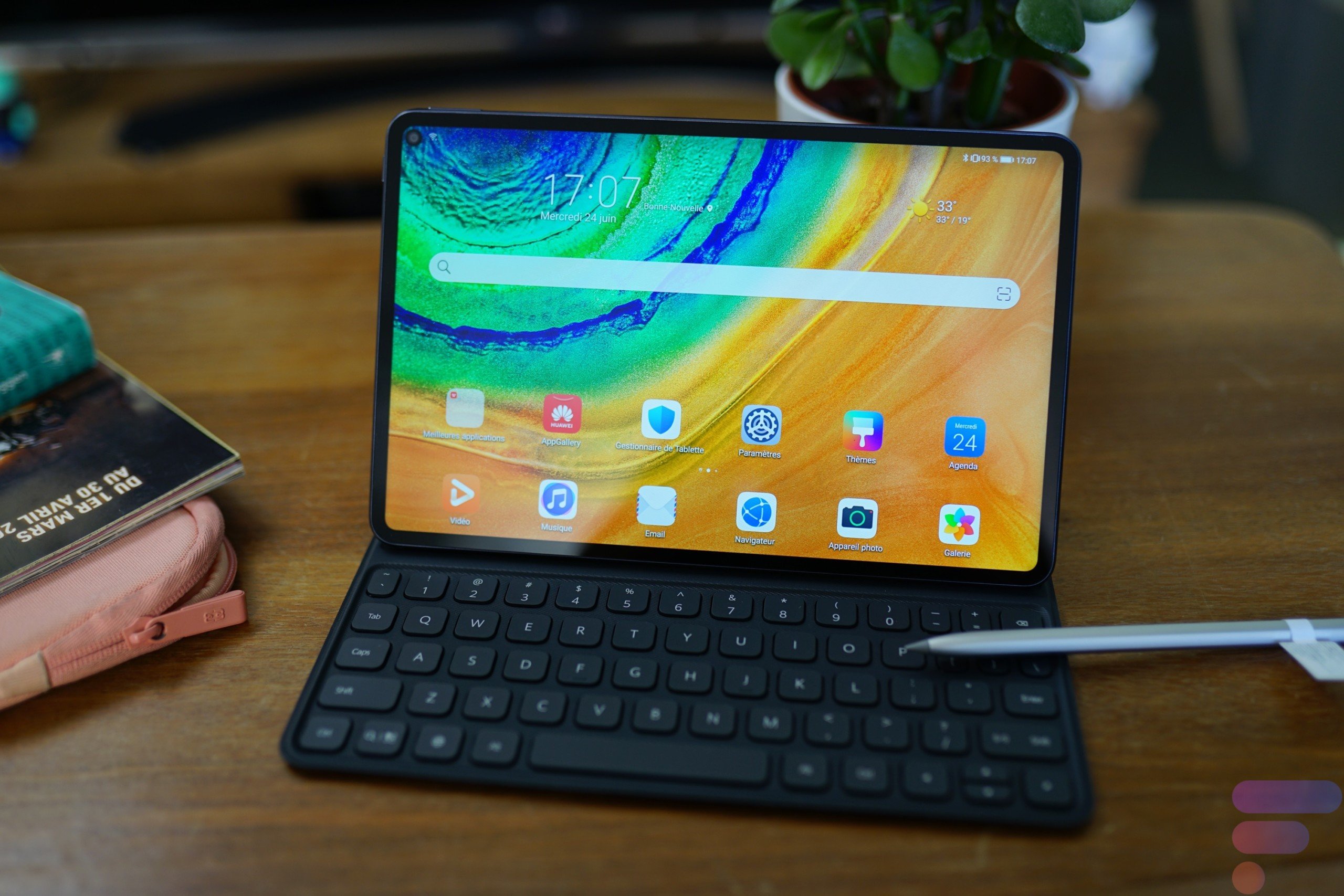
HUAWEI MatePad Pro 10.8-inch 2K FullView Tablet - HUAWEI Kirin 990, 6 GB RAM, 128 GB ROM, Multi-screen Collaboration, EMUI 10.0.1 (Based Android 10.0), Wi-Fi, Midnight Grey: Amazon.ae

รีวิว Huawei Matepad แท็บเล็ต 10.4 นิ้ว/ จอ 2K/ Wi-Fi 6/ ตอบโจทย์ทั้งความบันเทิง และ สายทำงาน - YouTube
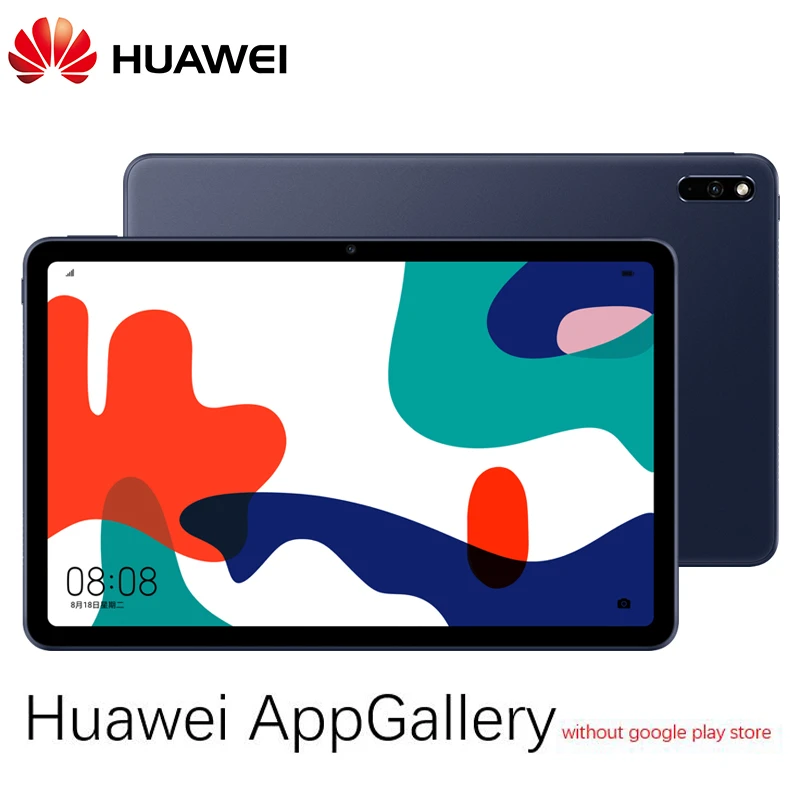
Huawei MatePad 10.4 BAH3 W59 /BAH3 AN10 Tablet PC 8 core Kirin 820 6GB Ram 128GB Rom 2000 x 1200 Android 10 GPS WiFI 6+|Tablets| - AliExpress

Shop Printing Surface Tri-fold Leather Tablet Cover for Huawei MatePad T10S/Honor 6 - Don't Touch Me from China | TVC-Mall.com

Leaks a photographer for your Huawei tablet MatePad Pro phone Nova 6 and also P Smart 2020 | Technology News World


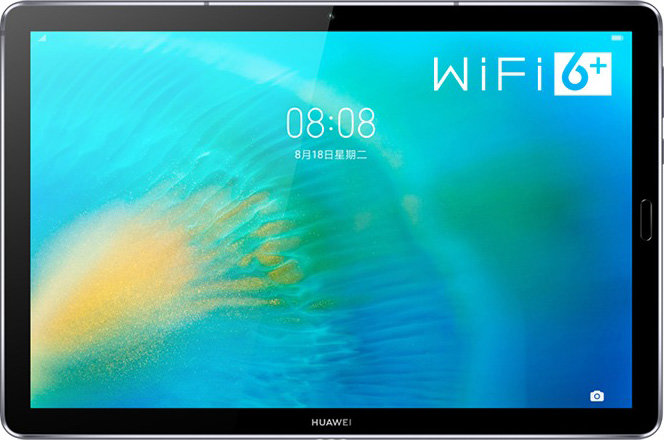



:fill(ffffff)/http://static.id.zalora.net/p/huawei-6293-9086072-1.jpg)


